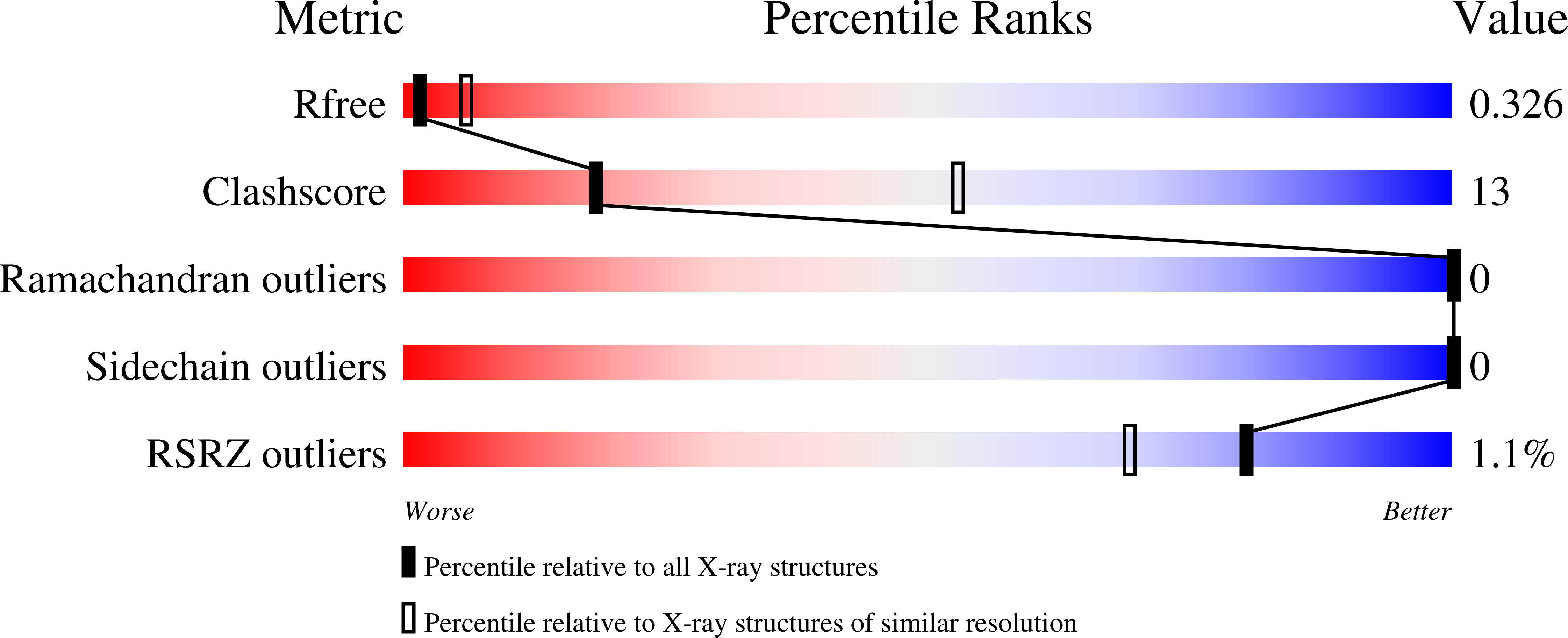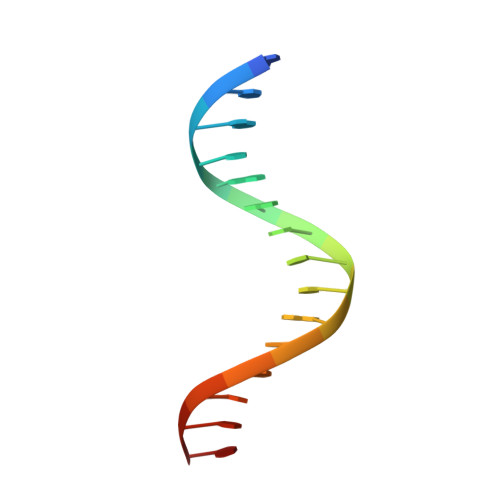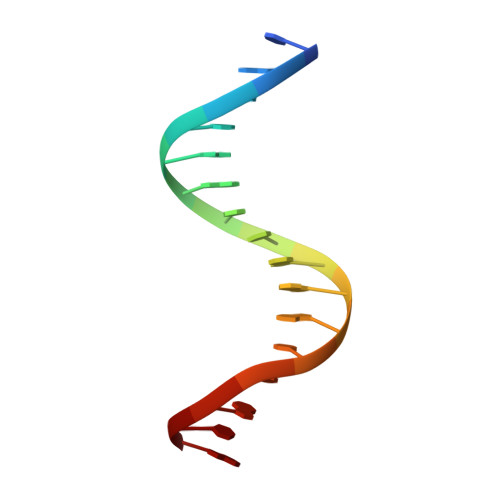Computational design of co-assembling protein-DNA nanowires.
Mou, Y., Yu, J.Y., Wannier, T.M., Guo, C.L., Mayo, S.L.(2015) Nature 525: 230-233
- PubMed: 26331548
- DOI: https://doi.org/10.1038/nature14874
- Primary Citation of Related Structures:
4QTR - PubMed Abstract:
Biomolecular self-assemblies are of great interest to nanotechnologists because of their functional versatility and their biocompatibility. Over the past decade, sophisticated single-component nanostructures composed exclusively of nucleic acids, peptides and proteins have been reported, and these nanostructures have been used in a wide range of applications, from drug delivery to molecular computing. Despite these successes, the development of hybrid co-assemblies of nucleic acids and proteins has remained elusive. Here we use computational protein design to create a protein-DNA co-assembling nanomaterial whose assembly is driven via non-covalent interactions. To achieve this, a homodimerization interface is engineered onto the Drosophila Engrailed homeodomain (ENH), allowing the dimerized protein complex to bind to two double-stranded DNA (dsDNA) molecules. By varying the arrangement of protein-binding sites on the dsDNA, an irregular bulk nanoparticle or a nanowire with single-molecule width can be spontaneously formed by mixing the protein and dsDNA building blocks. We characterize the protein-DNA nanowire using fluorescence microscopy, atomic force microscopy and X-ray crystallography, confirming that the nanowire is formed via the proposed mechanism. This work lays the foundation for the development of new classes of protein-DNA hybrid materials. Further applications can be explored by incorporating DNA origami, DNA aptamers and/or peptide epitopes into the protein-DNA framework presented here.
Organizational Affiliation:
Division of Chemistry and Chemical Engineering, California Institute of Technology, Pasadena, California 91125, USA.
















